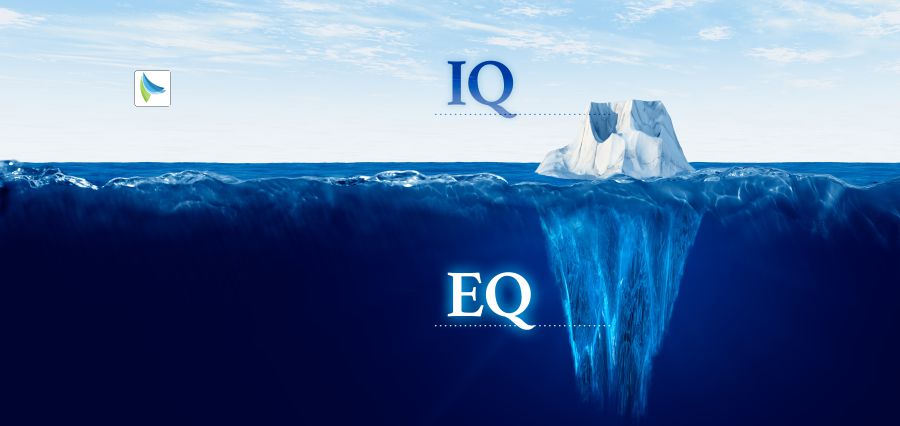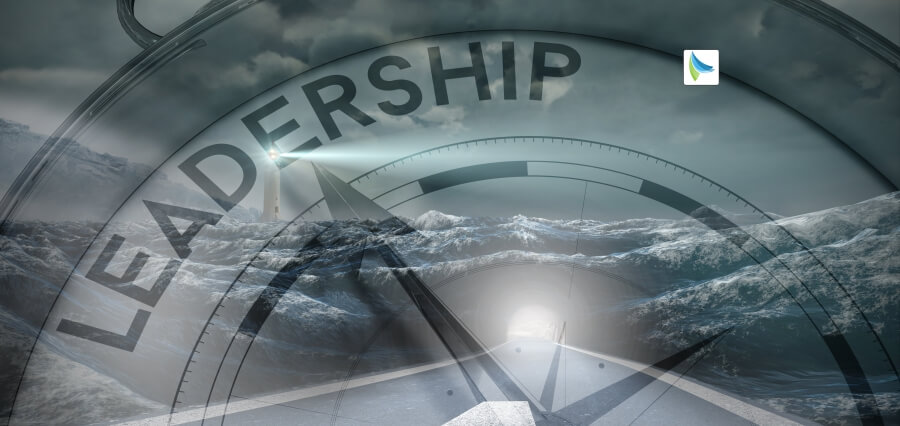Transformative learning is a paradigm shift in today’s changing transformative education environment for the facilitation of critical thinking, self-knowledge, and deep individual transformation in students. Unlike the old learning paradigms, transformative education demands depth over breadth, and molds the whole person—intellectually, affectively, and socially. It is a change that requires a rethinking of traditional assessment protocols, prompting instructors and institutions to implement alternative strategies that account for the nuanced effects of intensive learning experiences. Such success extends beyond the quantification of knowledge gained to the assessment of worldview changes, behavioral modification, and transfer of learning in dynamic, experiential environments. In order to genuinely assess transformative education impacts, assessment instruments need to be tied to foundational program goals and learning outcomes.
Incorporating Reflective and Narrative Assessments
Reflective assessments are a mainstay of measuring transformative education programs because they allow students to communicate changes in thoughts, attitudes, and values. These tools, like reflective journals, portfolios, and learning logs, give students the vehicle through which they are able to reflect critically on experience, identify growth, and relate theory to practice. These reflections are outstanding assessments of the learner’s inner change, as this is not necessarily recorded with the use of standard testing techniques. Direct prompts can be employed by instructors to keep it focused and potent for reflections and to provoke strong engagement with the subject matter and the acquisition of metacognitive skill. Narrative assessment, i.e., personal essays, case studies, and narrative writing, enable students to tell their own story in terms of life-defining events.
These patterns of narrative can be especially useful in social justice, leadership, or intercultural studies classes where emotional and personal development are important considerations. By sharing narratives of change and challenge, not only do students provide evidence of learning, but also towards shared knowledge of change. Instructors can grade these accounts against rubrics that measure clarity, depth of understanding, critical thinking, and demonstration of application to ensure grading is fair and consistent.
Applying Collaborative and Peer Grading
Collaborative assessment methods invite students to learn from one another, creating a community of learning that supports communal development and change. Peer teaching, group projects, and group problem-solving exercises enable students to practice communication, leadership, and empathy skills—transformational learning key competencies. Such activities can be evaluated through a mix of peer assessment, self-assessment, and teacher observation so as to provide an overall balanced view of individual as well as group contributions.
Peer review further assists students in acquiring critical listening and constructive feedback skills so as to improve reflective discussion as well as interpersonal learning abilities. Structured peer assessment further enhances students’ ownership of their own learning processes. While pupils are engaged in assessing one another’s performance, they are more interested in standards of achievement and are in a better position to embrace norms that are necessary. The peer review can be controlled by facilitators through calibrated training and rubrics to make it reliable and fair. These are all co-construction of knowledge practices and indicate the value of group participation in the transformative learning experience, repeating the interdependence of individual and group learning streams.
Leverage of Qualitative and Longitudinal Data
Given the dynamic and complicated nature of transformative learning, qualitative methods of assessment are appropriate for capturing learner experience in richness and depth. Interviews, focus groups, and ethnographic observation enable teachers to gather rich data that maps the intellectual and emotional landscape of student development. These tools offer context-rich data that can be used in informing program design and specifying the conditions under which change is most likely to take place. College and program evaluators can triangulate information from a number of different qualitative sources to develop a sense of overall outcomes such as attitude change, raised civic consciousness, and heightened cultural awareness.
Longitudinal evaluation contributes as well to the credibility of transformative education by assessing students’ development over time. Assessing students across a number of different stages of their transformative educational and professional lives enables instructors to measure the long-term impact of transformational experiences. Alumni questionnaires, follow-up interviews, and professional performance assessments provide information that is fundamental feedback about the ways in which students transfer knowledge and skills outside of the classroom. Not only does this practice affirm long-term feasibility of transformative efforts but also enables continuous improvement by locating areas for curriculum renewal and faculty professional development.
Conclusion
Transformative learning must be balanced with equally transformative types of assessment—types that are fluid, student-focused, and thoroughly reflective of the values and objectives of the educative process. Through the interplay of reflective practices, collaborative learning, and qualitative and longitudinal assessment, teachers can measurably quantify the foundational changes inherent in transformative learning. These methods not only legitimize students’ individual growth but help advance the entire work of transformative education as an agent of personal and social change to another level. As schools increasingly embrace paradigm-breaking methods, their commitment to creative and purposeful assessment will be absolutely vital in delivering lasting, transformative outcomes.
Read More: Celebrate International Yoga Day at Home in 2025 with Easy Yoga Practices











